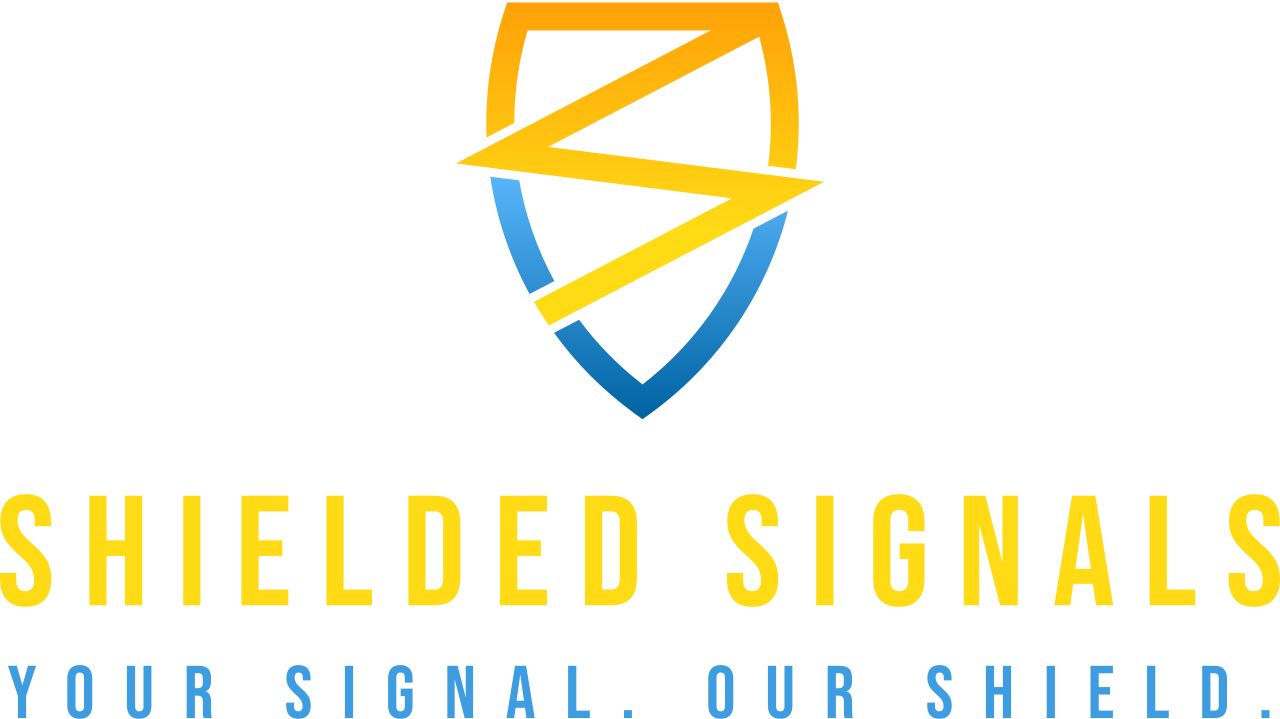Why Shielded Signals Still Matters, Even in the Age of “POC” and quantum encryption
Every few months, some sort of new or “revolutionary” communication gadget hits the market. Most recently, I watched a video about PoC (Push-to-Talk Over Cellular) “radios” that promise nationwide coverage on secure networks.
Now, to be clear, nothing they’re claiming is a lie.
These devices are radios. They’re every bit as much a radio as the smartphone you have on your desk, in your pocket, or in your hands right now. In fact, they’re the exact same radio. PoC “radios” are simply cell phones that use push-to-talk (PTT) instead of calling someone’s number.
These devices do have nationwide coverage — provided you have:
a valid SIM card,
a carrier that recognizes and accepts that SIM,
and a contact who’s on the same PoC network.
You also both need to be in range of a cell tower that supports that carrier. If all of that lines up, then yes, you’ve got “nationwide coverage.”
And yes, cellular traffic is encrypted. But all encryption is not created equal. Cell networks use algorithms that are, at best, AES-128. And they’re not end-to-end encrypted. Government agencies can (and do) intercept cellular voice and text traffic because that encryption is designed to be decryptable when needed. That’s just the nature of the beast.
When the grid stops working or LTE service drops, those sleek PoC devices quickly become paperweights. Some manufacturers counter with claims of multi-carrier failover, or even include Family Radio Service (FRS) capability as a backup. That’s a nice thought! Until you remember that FRS has zero encryption.
Shielded Signals was built with these shortcomings in mind.
When the lights go out, the cell towers go silent, and the internet is unavailable, secure and reliable communication still has to happen.
Why AES-256 Still Matters
AES-256 remains one of the most rigorously vetted and globally trusted encryption standards in existence. Brute-forcing a single AES-256 key would take longer than the age of the universe with conventional computing. Even in a theoretical quantum scenario, it retains extraordinary strength against brute-force attacks.
That’s why governments, militaries, and critical infrastructure still rely on AES today. It’s why Shielded Signals uses it across every encrypted voice and data channel we deploy.
What sets Shielded Signals apart
Operates under a licensed FCC framework for lawful, protected communications
Uses unique encryption keys per family, region, or entity
Runs completely off-grid — no cell, Wi-Fi, or Internet required
Employs custom-configured, locked radios that stay compliant
Provides real-time interoperability with other Shielded Signals users nearby
Where PoC devices depend on someone else’s towers, Shielded Signals builds its own network — for you.
True preparedness isn’t about chasing the newest acronym or coolest gadget. It’s about independence, reliability, and control. Shielded Signals subscribers aren’t beta-testing cloud features. They’re participating in a growing encrypted radio ecosystem built for families, businesses, and small communities that refuse to be disconnected when it matters most.
The future may be quantum, but resilience is timeless. Shielded Signals exists for the moment when the “always connected” world goes dark but you still need your voice heard.
Encrypted radios are not just for the rich, the government, or big businesses. If you’re ready to take the next step in resilient and protected communications, check out the Shielded Signals Store.
